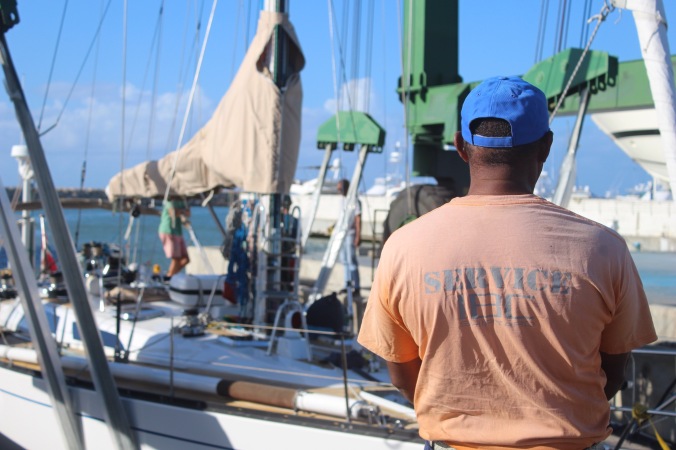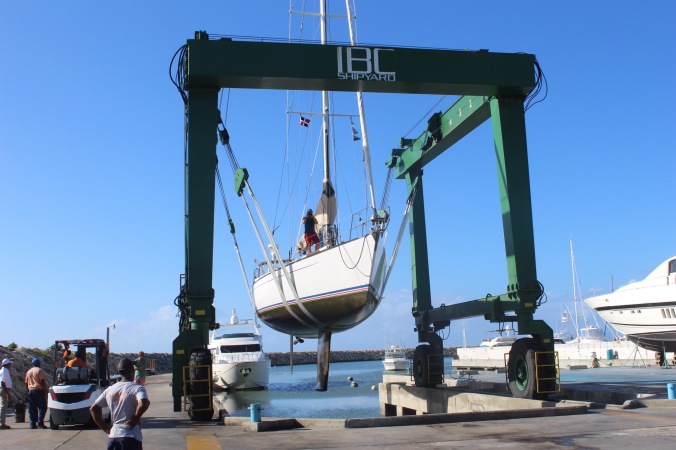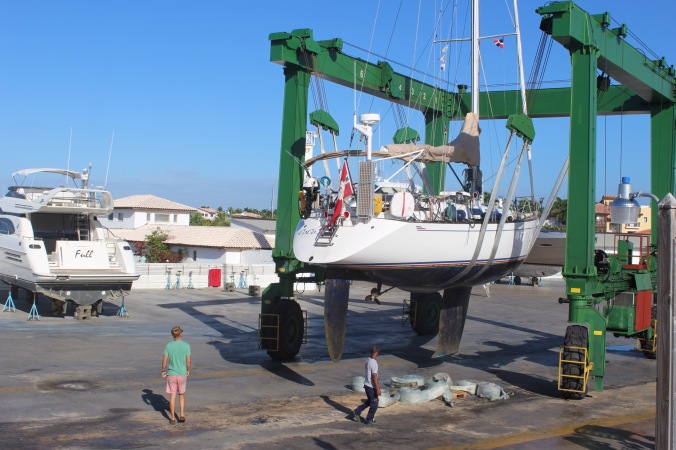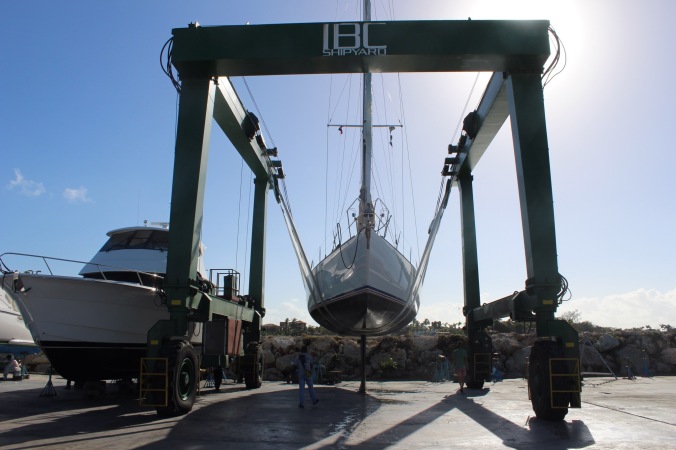Guest entry by Alissa Anne Czasonis.
I have recently returned to New York City ripe from an overdose of sunshine, swimming, Medella Light, and the Norwegian language.
Back in the autumn of 2013 my good friend Sebastian shared that he was potentially planning to join a sailing voyage across the Atlantic. Little did I know then that a few months later I would be taking a week off work to fly down to Puerto Rico to hop on board for a visit with him and his friends for a taste of the Caribbean life.
Arriving after a short 4-hr flight and a customs-free airport experience (US territories have their perks) the boys picked me up in a rental car after having spent the afternoon exploring Old San Juan. We drove east to the seaside town of Fajardo, hopped aboard the dinghy (the first of my many “firsts” of the week) and headed for CoCo. We enjoyed a taco dinner in the 29C degree air with Bon Iver playing in the background; how could I have any complaints?
As an earlier blog post describes, the next morning we drove to Arecibo in the rural highlands of the island to see the Observatory, but not before stopping by Martin’s BBQ for a, shall we say, surprising PR-style take on BBQ. The next two days were spent adjusting to waking up leisurely (with no alarm clock!), taking a morning dip in the ocean and laying in the afternoon sun trying to avoid a sunburn. It also involved a lot of my pointing to some feature on the boat and asking “What’s this for?” This was my first time on a sailing yacht, after all.
Halfway through the week two more visitors joined us which brought the total on board to six. with Karl and Fredrik. Outnumbered 5 to 1, my new hobby was learning how to correctly pronounce “Snakk Engelsk!”
Early Sunday afternoon we set sail for Culebra, a smaller island about a 4-hr ride east of Fajardo. I experienced two more firsts: real sailing and steering a boat, which lasted for all of 20 seconds before I gave up after unintentionally almost tacking (according to Sebastian’s account). The next day after wandered through the canal-dissected little town to find ice and beer before heading to Flamenco Beach which ranks on the lists of world’s top beaches. While the boys spent much of the afternoon “body surfing” I mostly just watched on and laughed. We closed off the afternoon with some volleyball but not before exploring the graffitied tanks left ashore by the US Navy when they used the island for bombing practice between the ‘40s-‘60s.
My last full day on CoCo, we anchored up the west side of Culebra and swam and snorkeled for a few leisurely hours at a rather remote part of the island before enjoying a smooth ride back west to the main island. Returning to Fajardo in time to make my flight out from Ponce proved quite a fiasco. It turns out one cannot order a nearly 1.75hr taxi ride for a 2am pickup to Mercedita Airport. After a few frustrating hours and Henrik and Peter’s googling help, I booked a new flight to depart from San Juan the following afternoon and the boys were kind enough to drive me the airport in a rental car the following afternoon.
Overall I had a tremendous experience aboard S/Y CoCo and am incredibly grateful for its generous and welcoming crew. Henrik, Peter and Sebastian, I wish you guys all the best on your return journey across the ocean in the upcoming weeks.
Thank you!






































